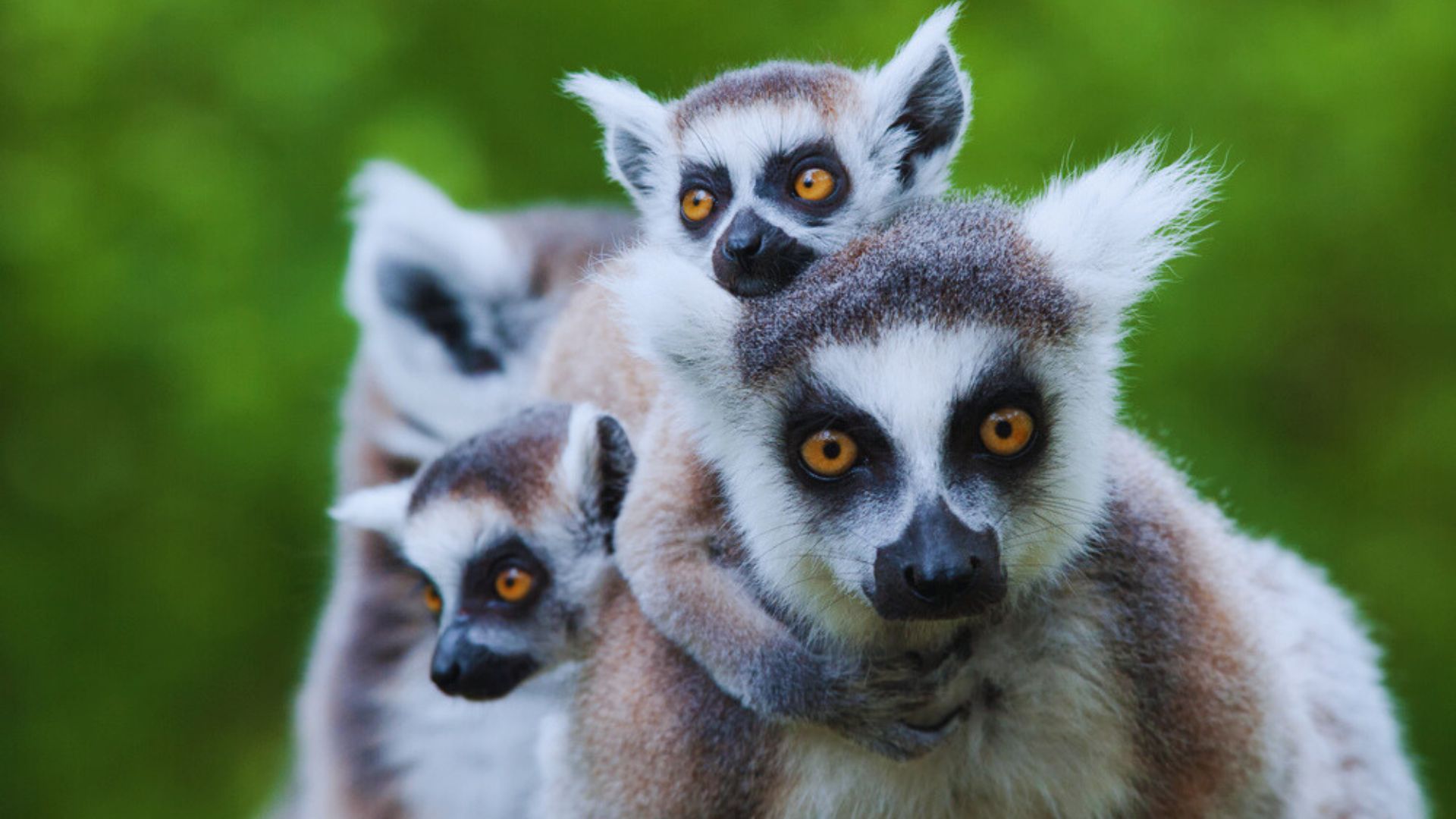Madagascar, the world’s fourth-largest island, lies like a jewel in the Indian Ocean, about 400 km off Africa’s southeast coast across the Mozambique Channel. Known for its extraordinary biodiversity and rich cultural heritage, the island is a land of contrasts home to unique wildlife and vibrant traditions yet facing significant economic and social challenges. Its growing tourism sector and multicultural fabric, enriched by an Indian diaspora, make Madagascar an intriguing destination for travellers.
Spanning 587,000 square kilometres, Madagascar is larger than France. Its terrain ranges from lush rainforests and high plateaus to semi-arid regions in the south. The climate varies from tropical to mediterranean along the coasts to the central highlands. Antananarivo, the bustling capital city, is home to nearly three million people.

Often called the “Eighth Continent”, Madagascar boasts a natural world unlike any other. Over 90% of its wildlife is endemic, including Lemurs – iconic primates found only here; Baobab trees – towering giants of the dry forests and rare species like the fossa and colourful chameleons.
However, deforestation and habitat loss threaten this biodiversity, making conservation a national priority.
The Malagasy people have a rich cultural heritage blending Indonesian, Polynesian, Arab, African, and European influences. Traditions such as famadihana, pour the turning bones from the family tombs reflect deep respect for ancestors. Malagasy is the national language, while French is widely spoken among the educated. Music, dance, and crafts are integral to daily life.

Economic Pillars of Madagascar are
(1) Agriculture: Vanilla: Madagascar is the world’s largest producer, supplying over 80% of global demand, Other crops include coffee, rice, maize, beans, and cloves. Agriculture employs a large portion of the population and drives exports.
(2) Mining: Rich in gemstones (sapphires, rubies) and minerals like chromite, graphite, and ilmenite. Mining attracts significant foreign investment.
(3) Eco-Tourism: Madagascar’s unique biodiversity makes it a hotspot for nature-based tourism. National parks and reserves support sustainable tourism growth.
Despite these resources, Madagascar faces poverty, limited infrastructure, and vulnerability to cyclones. Over 85% of the population lives below the poverty line, making it one of the poorest countries globally.
Madagascar is a paradise for nature lovers. Top attractions include:
Avenue of the Baobabs – a surreal landscape of ancient trees
Andasibe- Mantasoa National Park – home to the indri lemur;
Nosy Be – a tropical island with pristine beaches
Other must-see sites include Isalo National Park, Tsingy de Bemaraha (a UNESCO World Heritage Site), and Ranomafana National Park. Adventure seekers enjoy hiking, diving, and wildlife photography.
Travelers from India typically fly via Addis Ababa or Nairobi to Ivato International Airport near Antananarivo.
Madagascar is religiously diverse:
• 50% Christians (Catholics, Reformed churches, Anglicans, Lutherans, Greek Orthodox).
• 40% follow Malagasy traditional beliefs.
• 9% Muslims, with other faiths making up the remainder.
The Indian community, dating back to the late 18th century, numbers about 25,000, primarily Gujaratis. Key cultural centres/Temples include Hindu Samaj Mandir, Radha Krishna Temple, and other institutions in Antananarivo.

Madagascar has 22 Catholic dioceses across five Archdioceses and nearly 2,400 priests. Numerous congregations serve here, including Jesuits, Lazarists, Spiritans, Sacred Heart Fathers, and many others. Kerala missionaries have played a vital role for decades in education, healthcare, and social upliftment.
His Excellency George Varkey Puthiyakulangara, Bishop of Port-Bergé, originally from Iritty, Kannur, serving for 39 years contributing to Education, Alphabétisation, Health care, Formation, Catéchisme, Social upliftment programs .with other Religious sisters of different congregations.
Priests from the CMI congregation, such as Fr. Johnson Thaliyath from Thrissur Devamatha Province are contributing to various missionary activities to support the poor.
Sisters from Kerala congregations like Sisters of the Destitute and Carmelite Sisters, contributing to education and welfare.
Madagascar’s future lies in sustainable development, eco-tourism, and international partnerships. With proper investment in infrastructure and conservation, the island can balance growth with environmental protection.
Madagascar is more than an island it’s a living museum of nature and culture. For travellers, conservationists, and those seeking cultural immersion, this “Eighth Continent” offers experiences found nowhere else on Earth.